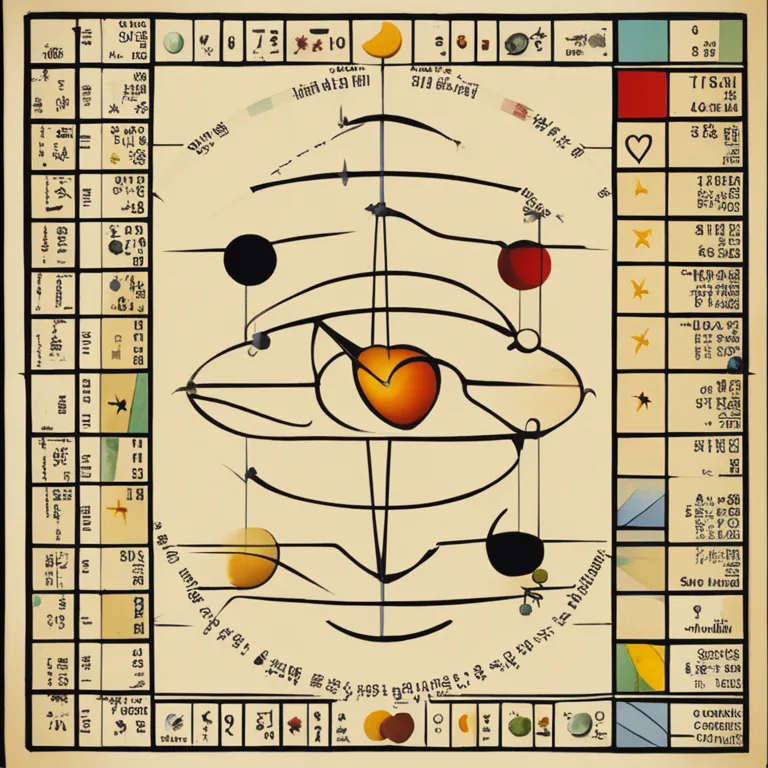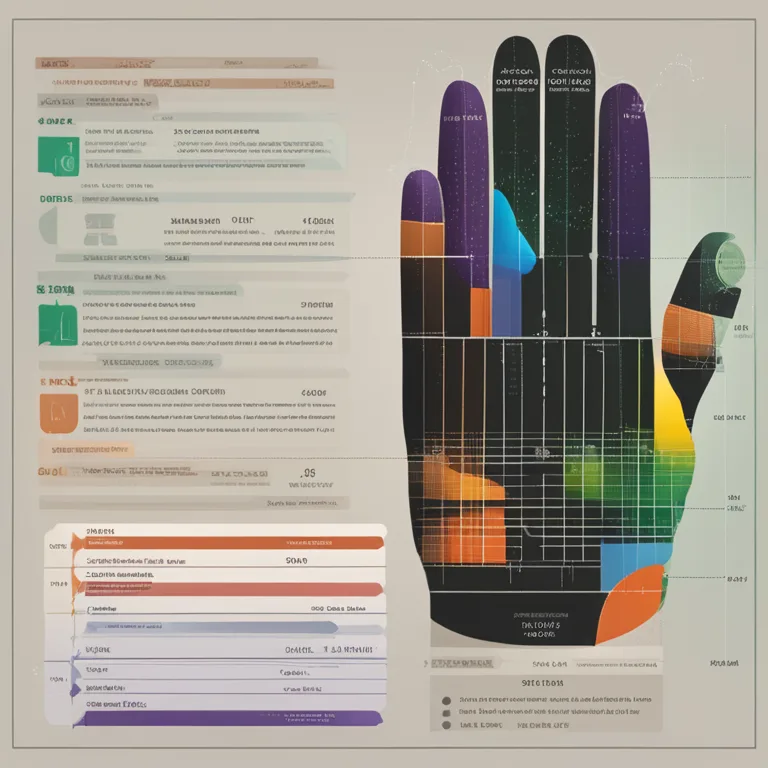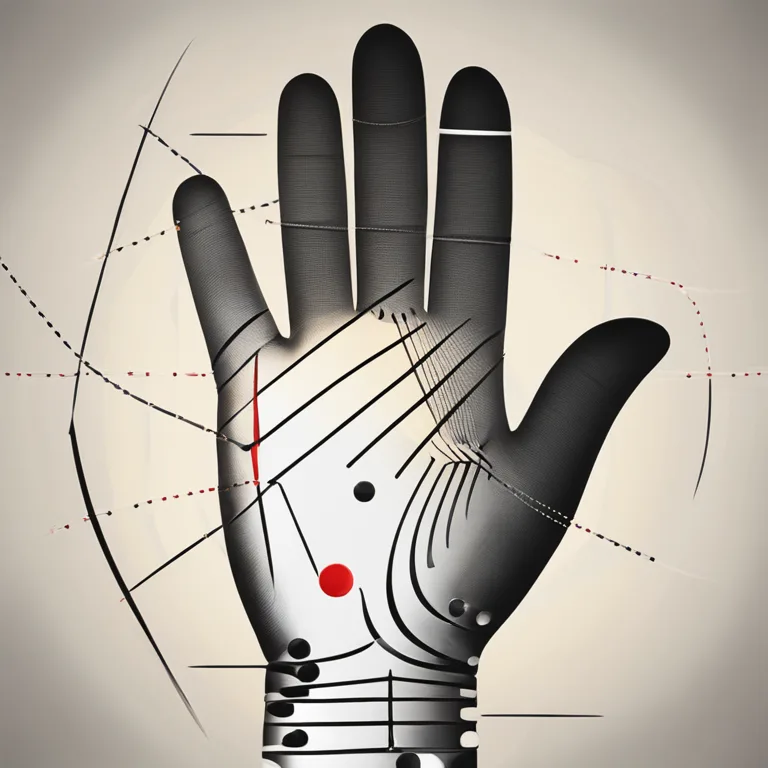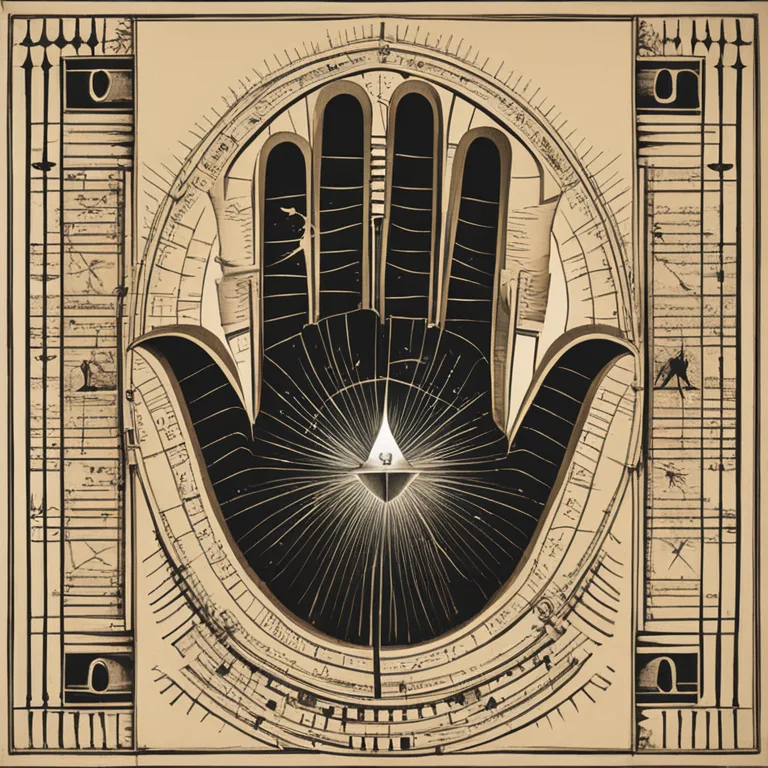
The Role of Palmistry in Interpreting Human Behavior
Explore how the ancient art of palmistry is applied to understand and predict human behavior through the study of hand patterns.
article by Nora Pennington
Palmistry: A Brief Introduction
Palmistry, also known as chiromancy, is a practice rooted in ancient civilizations, where it was believed that the hand could reveal an individual's personality and future life events. Despite its mystical origins, modern palmistry has evolved, incorporating psychological principles to provide insights into human behavior. By examining the lines, shapes, and mounts on a person's palm, practitioners claim to decode their character traits, emotional tendencies, and potential life choices.

Lines and Personal Characteristics
Fundamental to palmistry is the interpretation of various lines on the palm. The heart line, for instance, is thought to indicate emotional intelligence and relational capabilities, while the head line suggests intellectual traits and communication style. Vital to understanding an individual's decision-making process is the life line, which palmists relate to life vitality and major life changes. Together, these lines compose a narrative that can reflect an individual's inherent predispositions and possible reactions to different life circumstances.

Mounds and Human Potential
Aside from lines, palmists study the mounts or raised areas of the palm, each associated with a specific planet and corresponding human aspect. For example, the Mount of Venus reflects an individual's affectionate nature and desire for pleasure, while the Mount of Jupiter points to ambitions and leadership potential. Interestingly, in today's increasingly data-driven society, palmists are learning to blend traditional interpretations with emerging psychological theories to discuss human potential in various life domains.

Finger Analysis and Social Behavior
Even the fingers have their language in palmistry, where the length, shape, and flexibility are believed to clue into social interactions and career aptitudes. A long index finger may suggest confidence and leadership qualities, whereas a flexible thumb could display adaptability. These subtle observations aim to give context to the nuanced ways individuals might navigate social landscapes, exhibiting behavior that either aligns with or deviates from their palm-prescribed tendencies.

Chirology and Modern Contexts
In light of contemporary perspectives, some palmists have transitioned into chirology – a more holistic approach to hand analysis that considers psychological, environmental, and genetic factors influencing behavior. By acknowledging a more dynamic interplay between the features of the hand and a person's experiences, modern palmists are better positioned to address the multifaceted nature of human behavior in an increasingly complex world.
Limitations and Ethical Considerations
It's important to note the limitations and controversies surrounding palmistry. Critics argue that it lacks empirical evidence and can lead to generalized or self-fulfilling prophecies. Ethical palmists must navigate these concerns carefully, ensuring they offer insights that empower clients without making deterministic predictions. Transparency regarding the speculative nature of palmistry should be a cornerstone of its practice, especially when addressing an audience in the skeptical and scientifically oriented society of 2024.
Published: 1/3/2024
Modified: 1/3/2024
More predictions
Come back here soon to learn more about yourself and your future


The Intuition Line in Palmistry: Significance and Interpretation
Delve into the intriguing world of palmistry with a close look at the intuition line, its meanings, and its impact on self-understanding.


The Palmistry Line of Success: Insights on Your Path
Trace the line of success in palmistry and discover the insights this ancient practice offers about your professional and personal triumphs.


The Palmistry Money Triangle: A Guide to Financial Fortunes
Discover the secrets behind the palmistry money triangle and how it may signify wealth potential in your life.